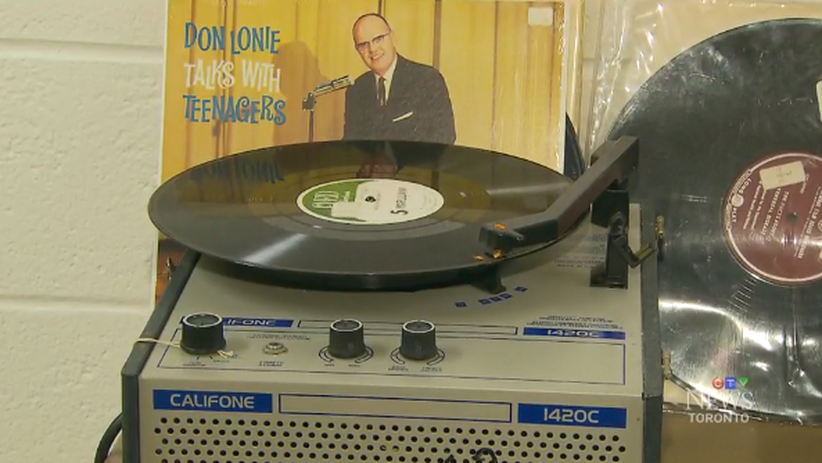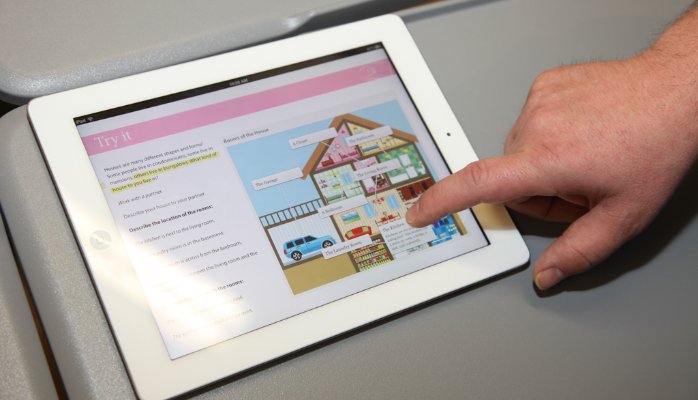|
The Toronto District School Board recently opened a museum celebrating the educational changes from generation to generation. It is considered one of the largest education museums in Canada.
What would you put in the museum now? I asked my children who attend TDSB schools and here is the list:
0 Comments
“What’s wrong with education cannot be fixed with technology. No amount of technology will make a dent.” So said Steve Jobs in 1996 - during an interview in which the Apple co-founder claimed the bureaucratic, political and sociopolitical problems facing the education sector were beyond technology’s capacity to fix. In the 19 years since Jobs uttered those words, the issues weighing heavily on the shoulders of educators, schools, universities and other educational facilities have undoubtedly multiplied. But so too have the ways in which technology can be harnessed to address some of the tensions within teaching and learning. Read the complete article here: http://www.telegraph.co.uk/technology/apple/11470850/How-the-iPad-is-changing-the-way-we-learn.html Study It ESL textbooks are the first award-winning mobile textbook series for students and teachers.
There is a great blog post on what Teenagers think of Educational Technology in the classroom by Soraya Shockley. She talks about learning with Tablets, Teacher Websites, Google Classroom and more. You can read the full article below.
Tech has always been a part of my high school reality. But as digital and traditional learning mix and mingle, reactions have exploded over whether “EdTech” is enhancing or hindering education. On this question, we usually hear from teachers, parents, administrators, tech companies, and investors clamoring to fund them. Now, it’s time for teens to talk. Let me tell you what my friends and I really think about technology in the classroom. Some of it’s great, but for those EdTech enthusiasts out there, well, hold on because the truth may hurt. While true, that students will be interested in using their mobile device for online social interaction, mobile devices offer so much more. Mobile Learning is not about Social Media. In fact, it has very little to do with Mobile Learning. While some students may form study groups on Facebook or chat about projects over Instagram and this does represent a form of online sharing, Mobile Learning is much more than this. And in many cases students have already learned this lesson and its the teachers and the schools who need to wake up to the possibilities. If we teach the students in the world they live in, we have a better chance to improve their ability. If students are interested in what they are doing, then they will not be distracted. Make your English as a Second Language classroom mobile! The Study It ESL textbooks are available for download on iTunes. Or visit our website at www.studyitbooks.com
|
Search by typing & pressing enter





 RSS Feed
RSS Feed
